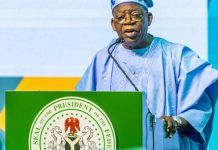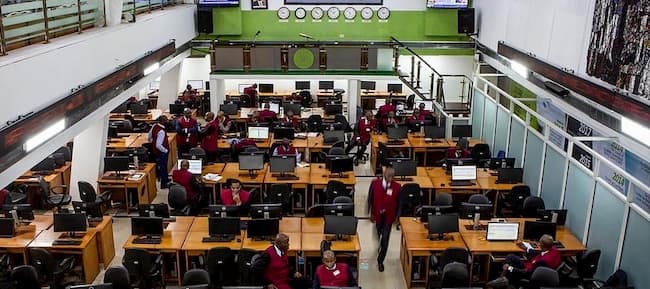The United States of America dollar, on Monday, December 25, was little changed against other major currencies in holiday-thinned trading while the cost of swapping the yen for the dollar jumped as banks scrambled to raise dollars for the year-end period.
The dollar stood little changed at 113.30 yen JPY= in Asian trade on Monday, hardly gaining traction from upbeat U.S. economic data published on Friday.
U.S. consumer spending accelerated in November and shipments of key capital goods orders increased for the 10th straight month.
The Federal Reserve’s preferred inflation measure, the personal consumption expenditures (PCE) price index excluding volatile food and energy prices, rose 0.1 percent in November for an annual increase of 1.5 percent, accelerating from 1.4 percent in October.
The data helped to push the two-year U.S. yield to a nine-year high of 1.899 percent US2YT=RR and dollar interest rate futures FFF9 to price in more than two rate hikes next year for the first time.
“2017 was the year when the dollar couldn’t rise even as the dollar short-term interest rates rose,” said Minori Uchida, chief currency analyst at the Bank of Tokyo-Mitsubishi UFJ.
“As long as U.S. long-term bond yields are capped, so too will be the dollar,” he added. “The dollar hit this year’s high against the yen and also against a basket of major currencies on Jan. 3 and I expect a similar pattern next year as well.”
The euro was also little changed at $1.1850 EUR=, having slipped a tad on Friday after Catalan separatists won a regional election, deepening Spain’s political crisis in a sharp rebuke to Prime Minister Mariano Rajoy and European Union leaders who backed him.
With most currency trading centers except for Tokyo shut on Monday for Christmas, trading volume was less than 20 percent of the average for major currency pairs including the euro/dollar and the dollar/yen, according to the Thomson Reuters FX Volume Heatmap.
On the other hand, the discount for buying the yen at future dates widened sharply as non-U.S. banks, which typically buys dollars now with sell-back contract at a future date, scrambled to procure greenbacks for the year-end.
On the other hand, the discount for selling the dollar/yen at future dates widened sharply as non-U.S. banks, which typically buys dollars for yen now with sell-back contract at a future date, scrambled to procure greenbacks for the year-end.
The one-week forward discount starting from Wednesday JPYSW= jumped to 0.23 yen from around 0.04 yen in the middle of last week, Reuters reports.













